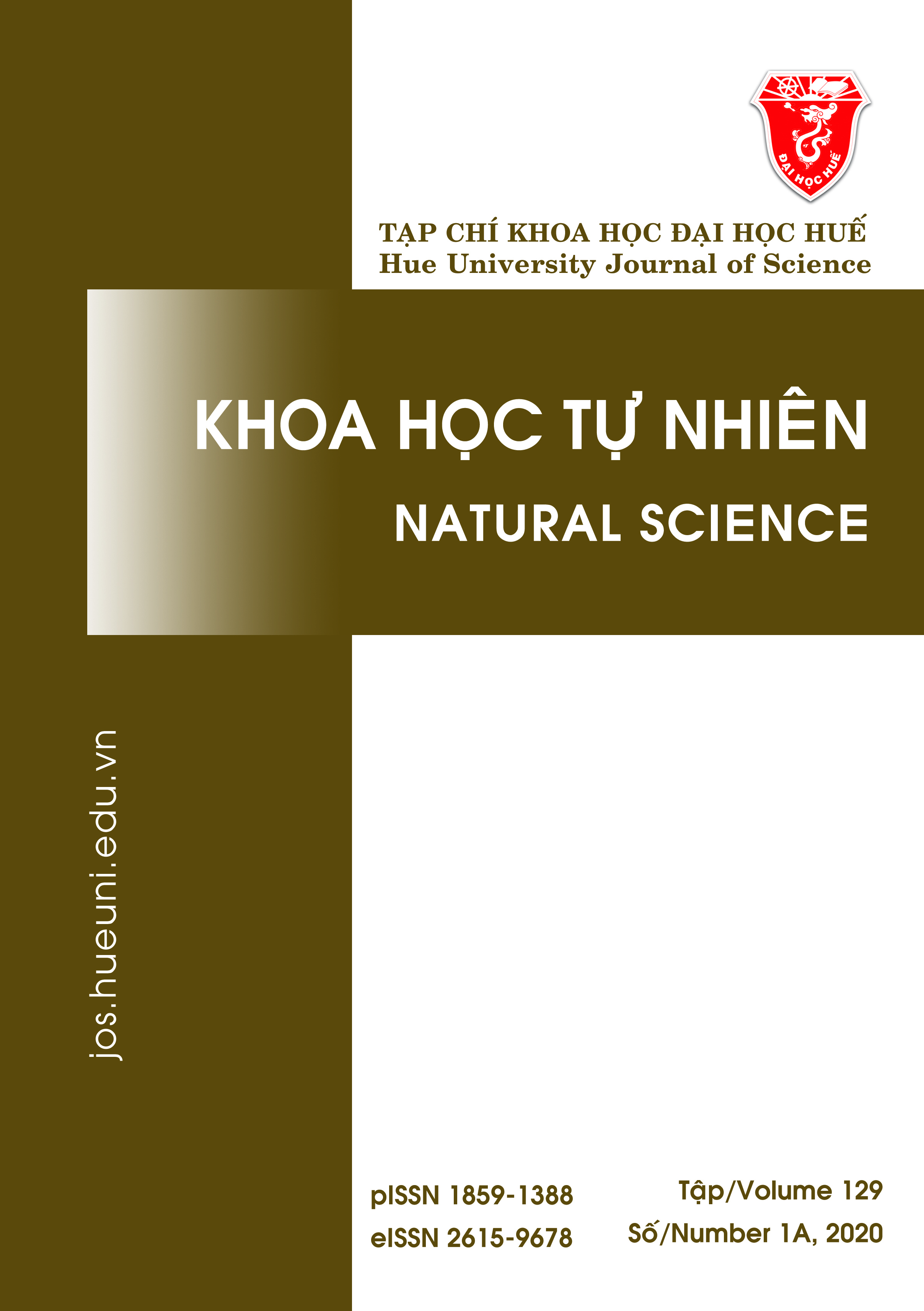Abstract
This paper reports the synthesis of K0.5Na0.5NbO3 (KNN) ceramics by using an improved conventional method. The influence of sintering temperatures of the fabricated ceramics on the piezoelectric and dielectric properties was studied. It was found that density increases greatly within a narrow temperature range, and reaches the highest value of 4.2 g/cm3 at 1090 °C, corresponding to a dense microstructure with the tetragonal grain shape. However, when sintering temperature slightly exceeds the optimal one, the density tends to decrease, accompanied by the appearance of abnormal grain growth, which is considered to be due to the intensified volatilization of alkali metal oxides. At a sintering temperature of 1090 °C, the highest values of electromechanical coupling factor (kp) and the piezoelectric coefficient (d33) of the ceramics being 0.22 and 61 pC/N, respectively, may be related to homogenous grains size of orthorhombic phase.
References
- Uchino K. Piezoelectric Actuators and Ultrasonic Motors. Boston: Kluwer Academic Publishers; 1997.
- Jaffe B, Cook WR, Jaffe H. Piezoelectric Ceramics. 1st ed. New York: Academic Press; 1971. 328 p.
- Xu Y. Ferroelectric Materials and Their Applications. 1st ed. North Holland: Elsevier; 1991.
- Saito Y, Takao H, Tani T, Nonoyama T, Takatori K, Homma T, et al. Lead-free piezoceramics. Nature. 2004;432(7013):84-87.
- European Parliament, Council of the European Union. EU-Directive 2002/96/EC, Waste Electrical and Electronic Equipment (WEEE). EU: Official Journal of the European Union; 2002. 15 p. CELEX No.: 32002L0096.
- Narayana MS, Ramana MKV, Umakantham K, Bhanumathi A. Modified (NaK)NbO3ceramics for transducer applications. Ferroelectrics. 1990;102(1):243-247.
- Li J, Wang K, Zhu F, Cheng L, Yao F. (K,Na)NbO3-Based Lead-Free Piezoceramics: Fundamental Aspects, Processing Technologies, and Remaining Challenges. Green DJ. Journal of the American Ceramic Society. 2013;96(12):3677-3696.
- Ma WX, Fu XH, Tao WH, Yang L, Cheng GY, Zhao LP. KNN-Sb Lead-Free Piezoelectric Ceramics Synthesized by Hydrothermal Method. Materials Science Forum. 2016;859:3-7.
- Tennery VJ, Hang KW. Thermal and X‐Ray Diffraction Studies of the NaNbO3–KNbO3 System. Journal of Applied Physics. 1968;39(10):4749-4753.
- Dai Y, Zhang X, Chen K. Morphotropic phase boundary and electrical properties of K1−xNaxNbO3 lead-free ceramics. Applied Physics Letters. 2009;94(4):042905.
- Dai Y, Zhang X, Zhou G. Phase transitional behavior in K0.5Na0.5NbO3–LiTaO3 ceramics. Applied Physics Letters. 2007;90(26):262903.
- Yao F, Wang K, Li J. Comprehensive investigation of elastic and electrical properties of Li/Ta-modified (K,Na)NbO3 lead-free piezoceramics. Journal of Applied Physics. 2013;113(17):174105.
- Rubio-Marcos F, Romero J, Navarro-Rojero M, Fernandez J. Effect of ZnO on the structure, microstructure and electrical properties of KNN-modified piezoceramics. Journal of the European Ceramic Society. 2009;29(14):3045-3052.
- Tashiro S, Nagamatsu H, Nagata K. Sinterability and Piezoelectric Properties of KNbO3Ceramics after Substituting Pb and Na for K. Japanese Journal of Applied Physics. 2002 Nov 30;41(Part 1, No. 11B):7113-7118.
- Dai Y, Zhang X, Zhou G. Phase transitional behavior in K0.5Na0.5NbO3–LiTaO3 ceramics. Applied Physics Letters. 2007;90(26):262903.
- Skidmore T, Milne S. Phase development during mixed-oxide processing of a [Na0.5K0.5NbO3]1−x–[LiTaO3]x powder. Journal of Materials Research. 2007 08;22(8):2265-2272.
- Matsubara M, Yamaguchi T, Kikuta K, Hirano S. Effect of Li Substitution on the Piezoelectric Properties of Potassium Sodium Niobate Ceramics. Japanese Journal of Applied Physics. 2005;44(8):6136-6142.
- Guo Y, Kakimoto K, Ohsato H. (Na0.5K0.5) NbO3–LiTaO3 lead-free piezoelectric ceramics. Materials Letters. 2005; 59(2-3):241-244.
- Matsubara M, Yamaguchi T, Kikuta K, Hirano S. Sintering and Piezoelectric Properties of Potassium Sodium Niobate Ceramics with Newly Developed Sintering Aid. Japanese Journal of Applied Physics. 2005;44(1A):258-263.
- Kakimoto K, Masuda I, Ohsato H. Ferroelectric and Piezoelectric Properties of KNbO3 Ceramics Containing Small Amounts of LaFeO3. Japanese Journal of Applied Physics. 2003;42(Part 1, No. 9B):6102-6105.

This work is licensed under a Creative Commons Attribution-ShareAlike 4.0 International License.
Copyright (c) 2020 Array




